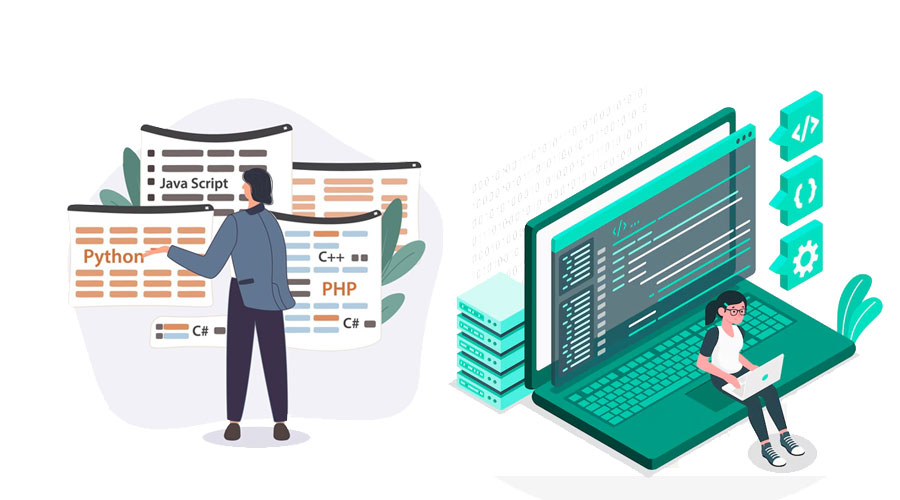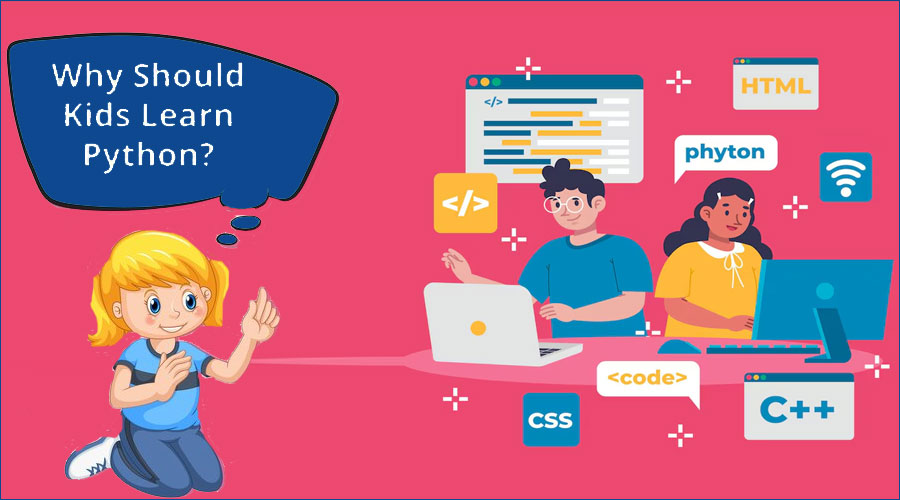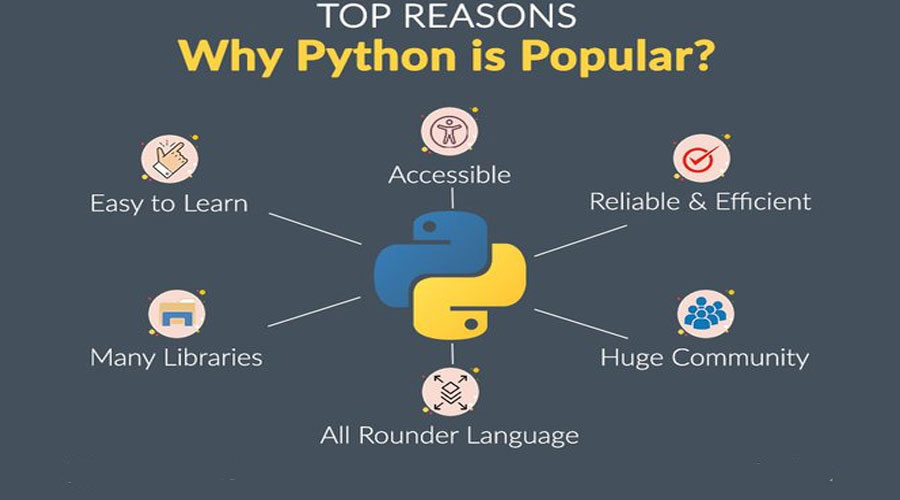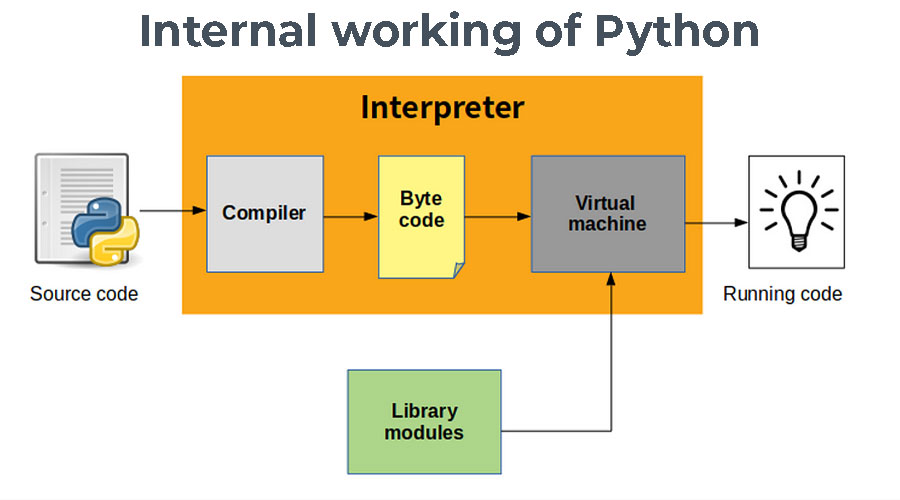Why Learn Python?
- Easy to Read and Write: Python's syntax is clear and straightforward, making it an excellent choice for beginners.
- Versatile: From web development to data science, Python can be used for a wide variety of applications.
- Large Community and Libraries: Python has a vast ecosystem of libraries and frameworks, which can help accelerate development.
- In-Demand Skill: Python skills are highly sought after in the job market, particularly in fields like data science and web development.
Getting Started with Python:
To begin your Python journey, you'll need to set up your development environment. Follow these steps:
- Install Python: Download and install Python from the official Python website.
- Set Up a Code Editor: Choose an editor such as Visual Studio Code, PyCharm, or Jupyter Notebook.
- Write Your First Program: Create a new file with a .py extension & simply write a simple program using standard word processors like
print("Hello, World!"). - Run Your Code: Execute your Python script from the command line or your code editor.





